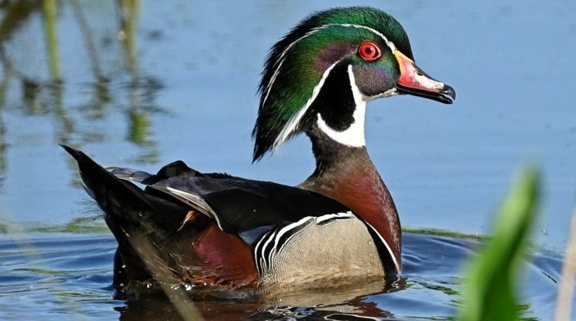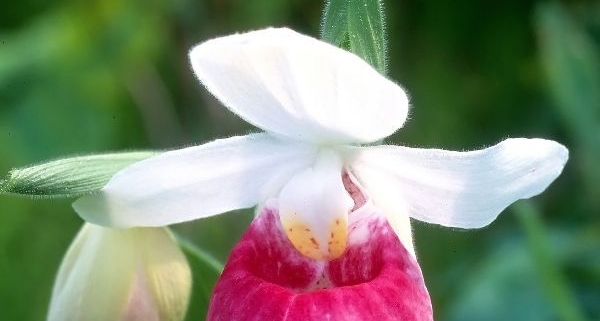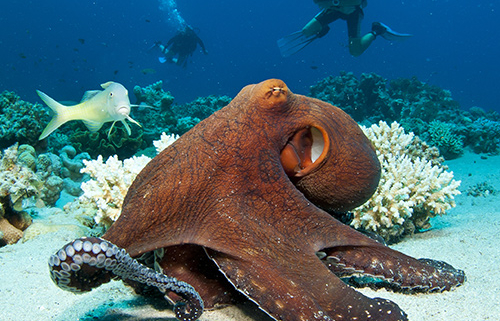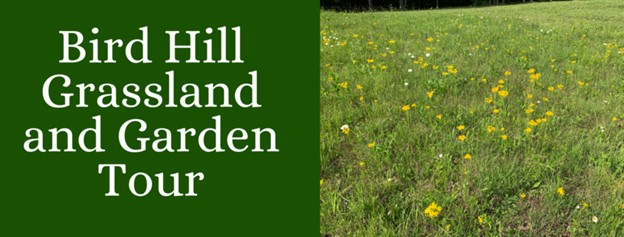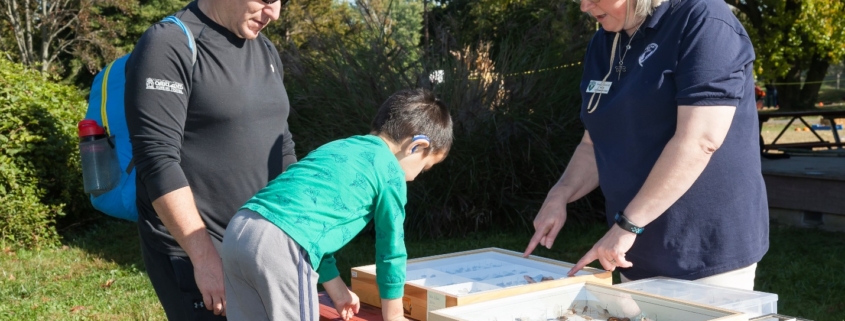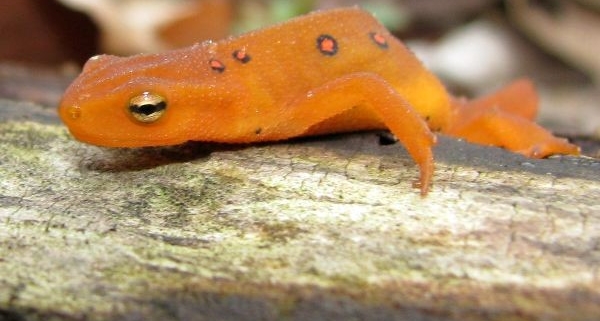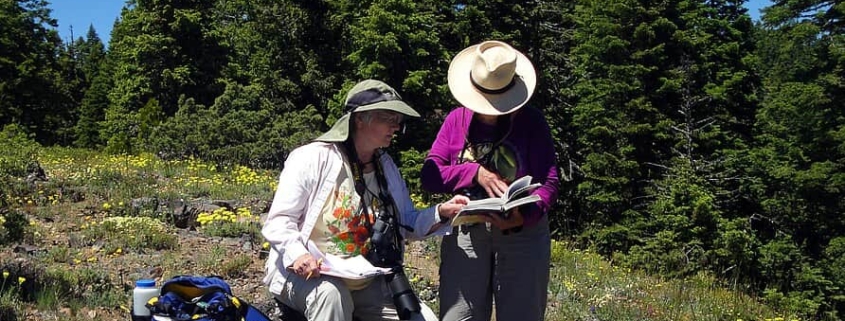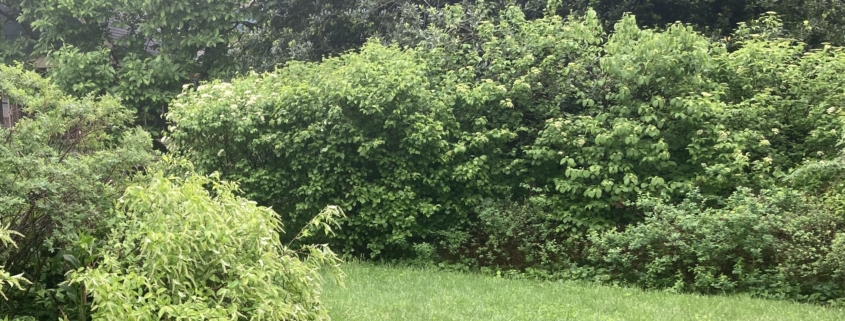Friends of Mason Neck State Park 2024 “Picture the Magic” Photo Contest
Photo: Randy Streufert
The Friends of Mason Neck State Park (FoMNSP) 2024 photography contest is now open. They are looking for images taken in the park that highlight its magic. Winning photos, including honorable mention, will be published in the FoMNSP newsletter, website, and social media.
Eligibility
Anyone other than Mason Neck State Park staff, Board members of the Friends and contest judges, as well as their immediate family (spouses, partners, siblings, and children) and household members is eligible to enter.
Entry Period
The “Picture the Magic” Photo Contest closes on October 15, 2024. Late entries will not be considered. The FoMNSP will notify the prize winners by October 31, 2024.
What Subjects to Enter
Digital photographs taken in Mason Neck State Park anytime in 2022 through 2024 of:
Park Scenery and Park Flora– images showing off the park’s landscape, trees, plants, or flowers.
Fauna – images of the park’s mammals, reptiles, amphibians, birds, insects, or other critters living in the park. Note: Dogs, cats, and other pets/animals not native to the park do not qualify.
Aquatic activities – Visitors enjoying Belmont Bay or Kane’s Creek in canoes, kayaks, or other non-powered vessels.
Contest Rules
You can read the contest rules and download an entry form here.


